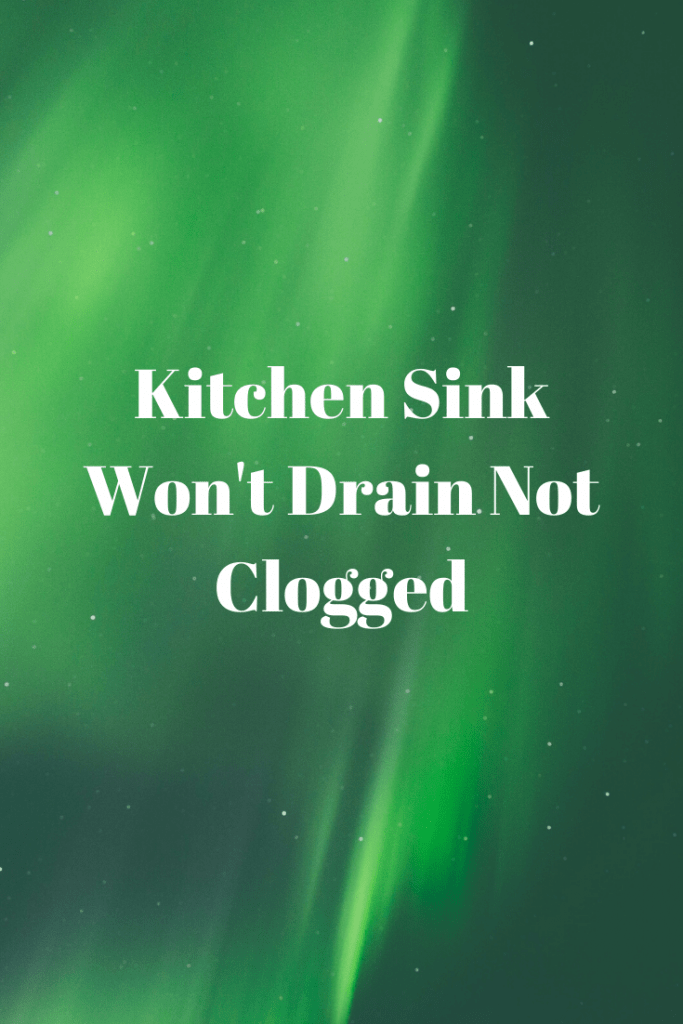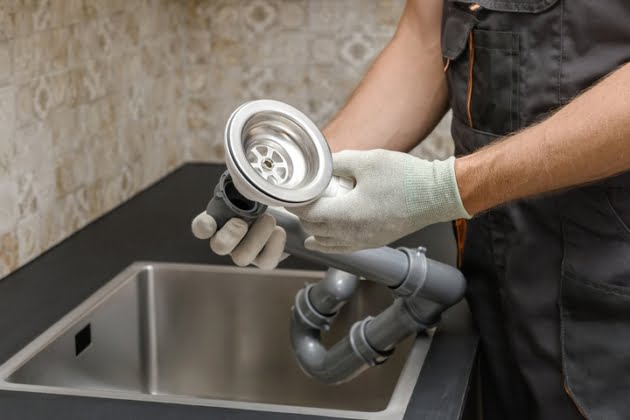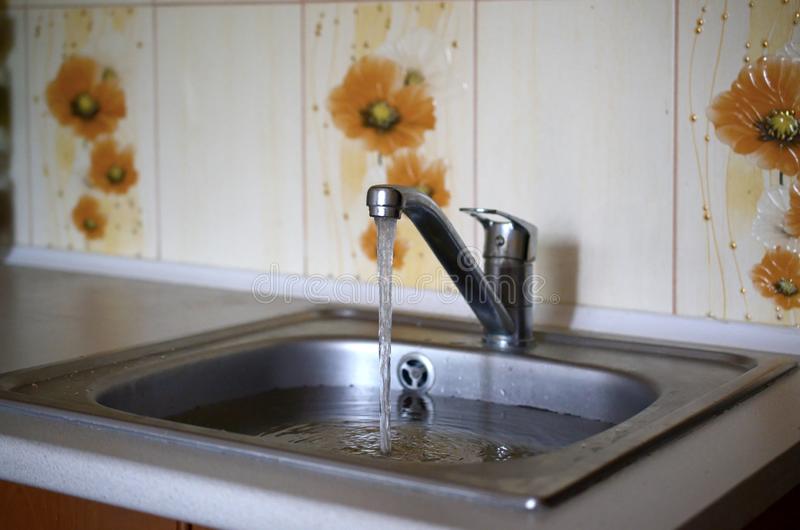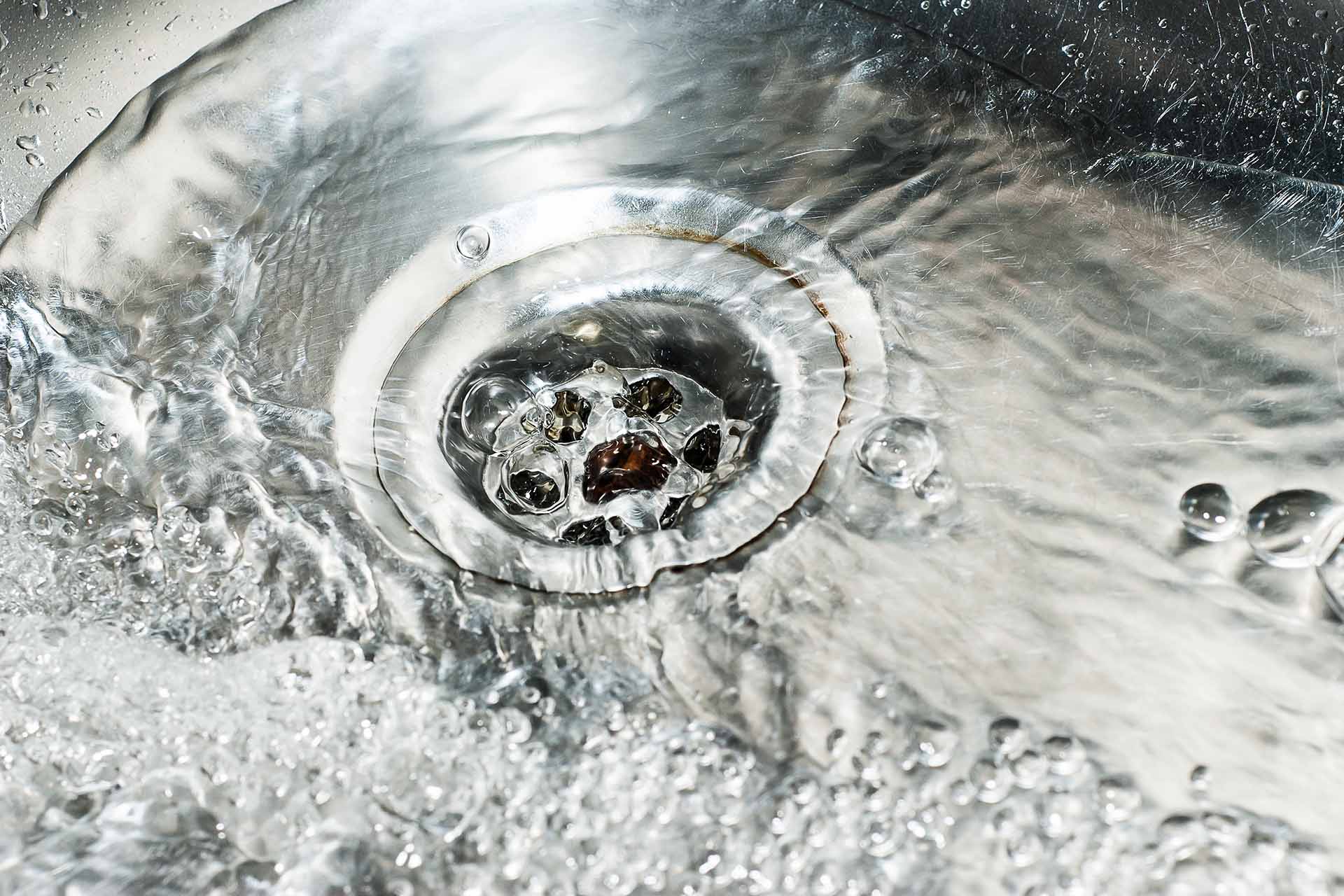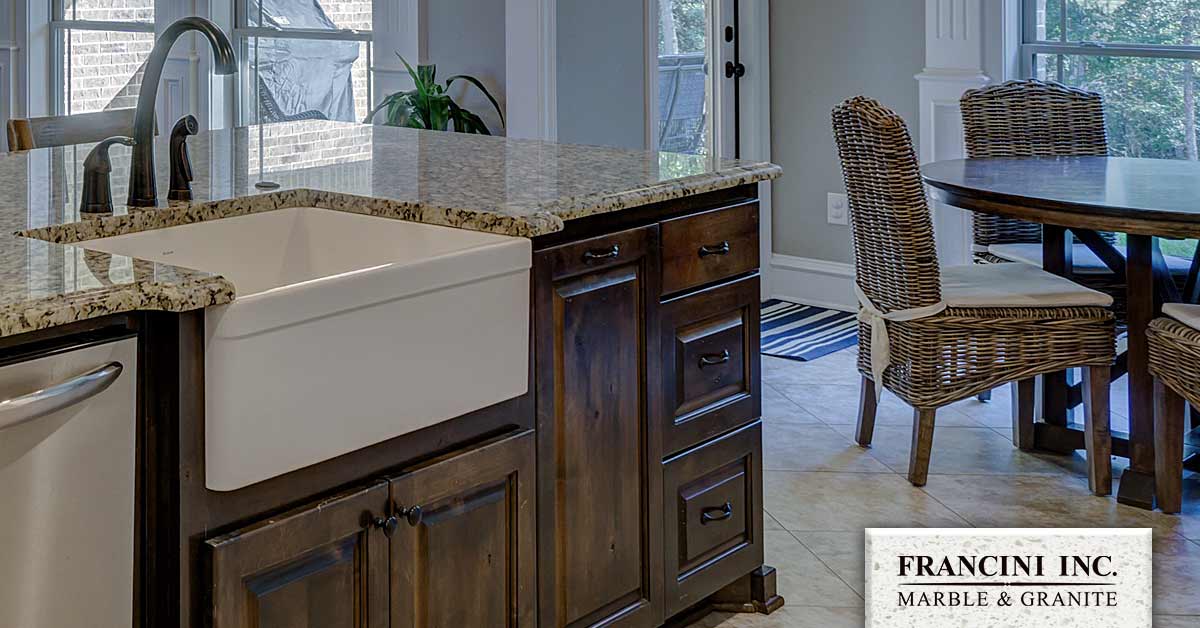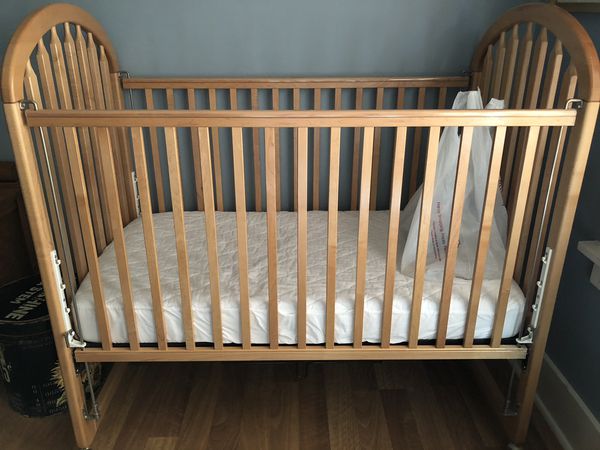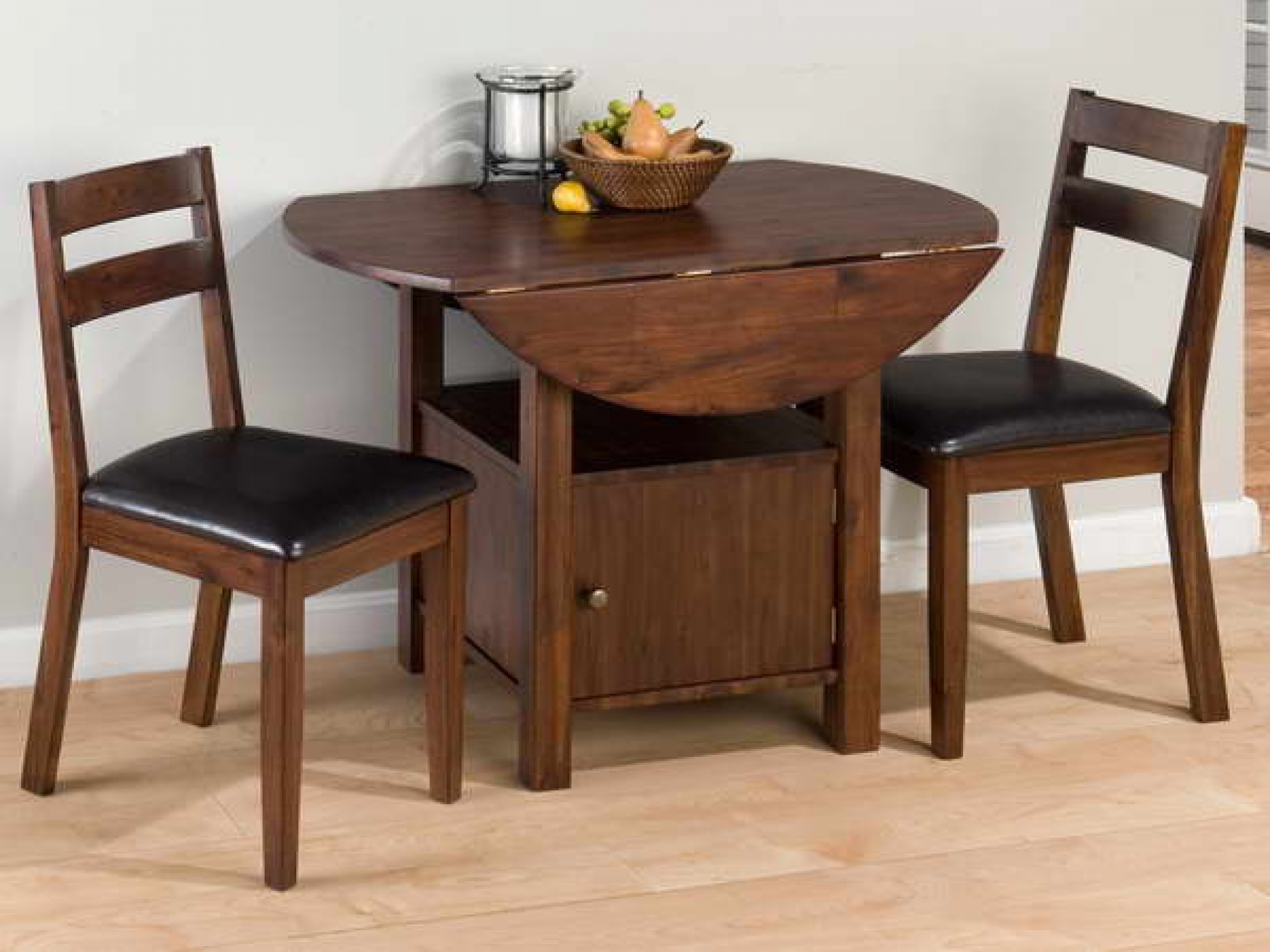If you want to avoid any major plumbing disasters in your kitchen, it is important to ensure that your kitchen sink drain is properly installed and functioning. The kitchen sink is one of the most used fixtures in a household, and a clogged or leaky drain can quickly become a headache. In this article, we will discuss the top 10 tips for proper kitchen sink drain plumbing to help you keep your sink in top working condition.Proper Kitchen Sink Drain Plumbing
Installing a kitchen sink drain may seem like a daunting task, but with the right tools and knowledge, it can be a relatively simple process. The first step is to choose the right drain for your sink. You can choose from a variety of materials such as stainless steel, plastic, or brass. Once you have the right drain, follow the manufacturer's instructions for installation. Make sure to properly seal the drain to avoid any leaks.How to Install a Kitchen Sink Drain
The size of your kitchen sink drain pipe is an important factor to consider when installing or replacing your drain. The standard size for kitchen sink drain pipes is 1 ½ inches, but depending on the size of your sink, you may need a larger or smaller pipe. It is important to choose the right size to ensure proper water flow and avoid any clogs.Kitchen Sink Drain Pipe Size
Proper venting is crucial for your kitchen sink drain to function properly. The vent allows air to enter the drain system, preventing negative pressure and allowing water to flow freely. If your kitchen sink drain is not properly vented, you may experience slow draining or gurgling sounds coming from the drain.Proper Venting for Kitchen Sink Drain
A clogged kitchen sink drain is a common problem that can be easily fixed with the right tools and techniques. One simple method is to use a plunger to dislodge any debris or buildup in the drain. You can also use a mixture of baking soda and vinegar to break down any clogs. If these methods do not work, you may need to use a plumbing snake or call a professional plumber.How to Unclog a Kitchen Sink Drain
If you are installing a new kitchen sink or replacing the drain, it is important to follow a proper installation guide to ensure everything is done correctly. You can find step-by-step guides online or consult a professional for assistance. Proper installation will not only prevent any issues but also prolong the lifespan of your kitchen sink drain.Kitchen Sink Drain Installation Guide
There are a few common problems that can occur with kitchen sink drains, and it is important to be aware of them to prevent any major issues. These include clogs, leaks, and foul odors. Regular maintenance, such as using a drain strainer to catch food particles and cleaning the drain regularly, can prevent these problems from occurring.Common Kitchen Sink Drain Problems
When it comes to choosing the right kitchen sink drain, there are a few factors to consider. You should choose a drain that is compatible with your sink, has the right size and material, and is easy to install and maintain. It is also important to consider the style and design of the drain to match your kitchen's aesthetic.Choosing the Right Kitchen Sink Drain
Maintaining your kitchen sink drain is key to preventing any major issues. Regularly cleaning the drain with a mixture of baking soda and vinegar can help prevent clogs and foul odors. It is also important to avoid pouring grease or oil down the drain, as they can solidify and cause clogs.Proper Kitchen Sink Drain Maintenance
If your kitchen sink drain is old or damaged, it may be time to replace it. When replacing a drain, it is important to choose a high-quality one that is compatible with your sink. You should also follow proper installation techniques and regularly maintain the drain to ensure its longevity.Kitchen Sink Drain Replacement Tips
Importance of Proper Kitchen Sink Drain Plumbing
/how-to-install-a-sink-drain-2718789-hero-24e898006ed94c9593a2a268b57989a3.jpg)
Ensuring Efficient and Stress-free Kitchen Experience
 When it comes to designing a house, the kitchen is often considered the heart of the home. It is a place where meals are prepared, memories are made, and families gather to share their daily experiences. With such an important role in a household, it is essential to ensure that all aspects of the kitchen are functioning properly, including the
kitchen sink drain plumbing
.
Having a
properly installed and maintained
kitchen sink drain plumbing system is crucial for the efficiency and functionality of a kitchen. Without it, clogged drains, leaks, and foul odors can become a common occurrence, making daily kitchen tasks a stressful and unpleasant experience.
Regular maintenance and proper installation
of the kitchen sink drain plumbing can prevent these issues and ensure a smooth and hassle-free kitchen experience.
When it comes to designing a house, the kitchen is often considered the heart of the home. It is a place where meals are prepared, memories are made, and families gather to share their daily experiences. With such an important role in a household, it is essential to ensure that all aspects of the kitchen are functioning properly, including the
kitchen sink drain plumbing
.
Having a
properly installed and maintained
kitchen sink drain plumbing system is crucial for the efficiency and functionality of a kitchen. Without it, clogged drains, leaks, and foul odors can become a common occurrence, making daily kitchen tasks a stressful and unpleasant experience.
Regular maintenance and proper installation
of the kitchen sink drain plumbing can prevent these issues and ensure a smooth and hassle-free kitchen experience.
Preventing Costly Repairs and Water Damage
 Another important reason to pay attention to
kitchen sink drain plumbing
is to avoid costly repairs and potential water damage. A clogged or leaky drain can lead to water backup, causing damage to cabinets, floors, and even the foundation of the house. This can result in expensive repairs and replacements, not to mention the inconvenience and disruption it can cause to the household. By investing in
proper kitchen sink drain plumbing
, homeowners can save themselves from the headache and financial burden of dealing with water damage.
Another important reason to pay attention to
kitchen sink drain plumbing
is to avoid costly repairs and potential water damage. A clogged or leaky drain can lead to water backup, causing damage to cabinets, floors, and even the foundation of the house. This can result in expensive repairs and replacements, not to mention the inconvenience and disruption it can cause to the household. By investing in
proper kitchen sink drain plumbing
, homeowners can save themselves from the headache and financial burden of dealing with water damage.
Ensuring Hygiene and Health Safety
 A
properly functioning kitchen sink drain plumbing
is also crucial for maintaining hygiene and health safety in the kitchen. When the drain is clogged or backed up, it can become a breeding ground for bacteria and mold, posing a health risk to the household. This is especially important for households with young children or elderly members who may have weaker immune systems. By regularly maintaining and unclogging the kitchen sink drain plumbing, homeowners can ensure a clean and healthy kitchen environment for their loved ones.
A
properly functioning kitchen sink drain plumbing
is also crucial for maintaining hygiene and health safety in the kitchen. When the drain is clogged or backed up, it can become a breeding ground for bacteria and mold, posing a health risk to the household. This is especially important for households with young children or elderly members who may have weaker immune systems. By regularly maintaining and unclogging the kitchen sink drain plumbing, homeowners can ensure a clean and healthy kitchen environment for their loved ones.
Conclusion
 In conclusion,
kitchen sink drain plumbing
is an essential aspect of a well-designed kitchen. It not only ensures the efficiency and functionality of the kitchen but also prevents costly repairs and promotes hygiene and health safety. Homeowners should prioritize
proper installation and regular maintenance
of their kitchen sink drain plumbing to ensure a stress-free and enjoyable kitchen experience. With the help of a professional plumber, homeowners can have a
properly functioning and well-maintained
kitchen sink drain plumbing system that will last for years to come.
In conclusion,
kitchen sink drain plumbing
is an essential aspect of a well-designed kitchen. It not only ensures the efficiency and functionality of the kitchen but also prevents costly repairs and promotes hygiene and health safety. Homeowners should prioritize
proper installation and regular maintenance
of their kitchen sink drain plumbing to ensure a stress-free and enjoyable kitchen experience. With the help of a professional plumber, homeowners can have a
properly functioning and well-maintained
kitchen sink drain plumbing system that will last for years to come.









/how-to-install-a-sink-drain-2718789-hero-b5b99f72b5a24bb2ae8364e60539cece.jpg)


:max_bytes(150000):strip_icc()/how-to-install-a-sink-drain-2718789-hero-24e898006ed94c9593a2a268b57989a3.jpg)











:max_bytes(150000):strip_icc()/venting-sink-diagram-f8f9759a-1047c08369d24101b00c8340ba048950.jpg)






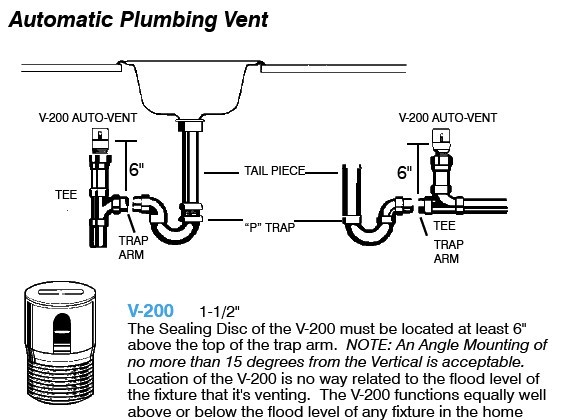







:max_bytes(150000):strip_icc()/freshen-and-unclog-drain-with-baking-soda-1900466-22-bbf940b70afa4d5abef0c54da23b1d3f.jpg)







